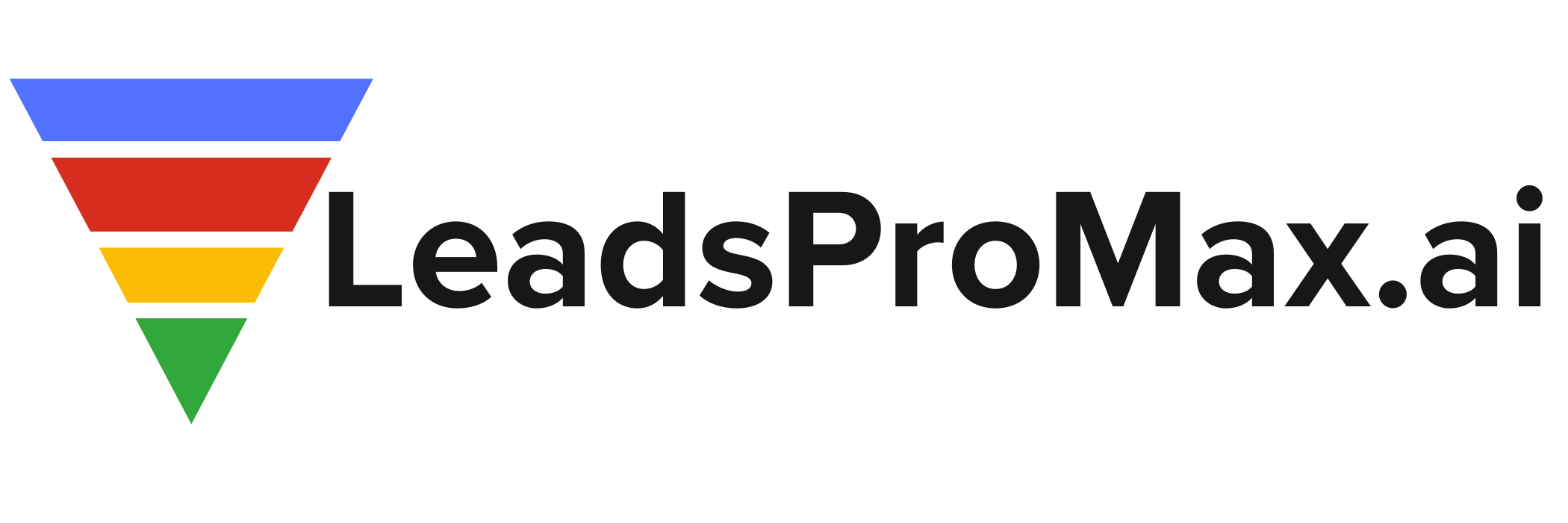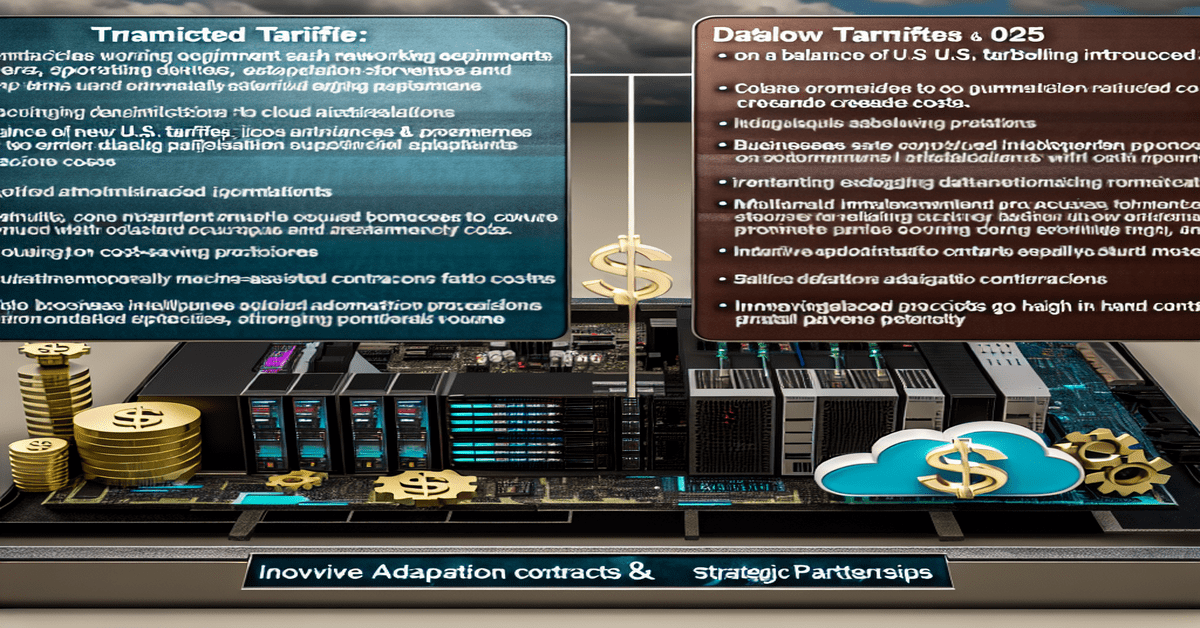Navigating the New Landscape: How U.S. Tariffs are Reshaping the Data Collection & Labeling Industry
The data collection and labeling industry is facing a significant shift as new U.S. tariffs introduced in 2025 are altering the landscape for software licensing, deployment, and the broader data services ecosystem. The Data Collection & Labeling Industry Report 2025 sheds light on the challenges and opportunities that lie ahead for businesses operating in this space.
The Ripple Effect on Hardware and Supply Chain
One of the most immediate impacts of the new tariffs is the increased cost of hardware components essential to data collection, such as networking equipment, servers, and storage devices. This has forced companies to reevaluate their supplier networks and explore alternative sourcing strategies to maintain their profit margins. The report suggests that businesses are now more likely to consider domestic suppliers or those from countries not affected by the tariffs to mitigate the impact on their bottom line.
Software Licensing and Deployment: A Balancing Act
The tariffs have also had a significant effect on software licensing and deployment strategies. With increased duties on imported software licenses and development tools, organizations are now reassessing their approach to software procurement and deployment. Many are finding that a balance between **cloud-based solutions** and **on-premises installations** is necessary to optimize their total cost of ownership and minimize the impact of the tariffs.
This shift has led to the emergence of hybrid deployment models, where businesses mix and match cloud and on-premises solutions to suit their specific needs. By adopting this approach, companies can maintain flexibility and agility while keeping costs under control.
Adapting Industry Strategies for Success
To navigate the complexities introduced by the new tariffs, businesses are adopting a range of strategies to remain competitive. Some of the most notable trends include:
1. **Leveraging global delivery centers:** By diversifying their operations across multiple regions, companies can take advantage of favorable economic conditions and minimize the impact of tariffs on any single location.
2. **Negotiating end-to-end service bundles:** Bundling services can help businesses absorb cost pressures and maintain profitability, even in the face of increased tariffs.
3. **Embracing automation:** Automation, particularly machine-assisted labeling techniques like active learning and semi-supervised annotation, is becoming increasingly crucial for handling large volumes of data efficiently. By reducing manual labor, businesses can offset the increased costs associated with the tariffs.
Innovation and Adaptation: The Key to Thriving in a Changing Market
Despite the challenges posed by the new tariffs, the data collection and labeling industry is demonstrating remarkable resilience and innovation. Vendors are redesigning contract terms, offering incentives, and accelerating strategic partnerships to remain competitive. This has led to the emergence of new project structuring and vendor engagement models that help enterprises maintain project timelines and quality standards, even in the face of evolving economic conditions.
Moreover, the industry is witnessing a surge in innovation, with businesses exploring new technologies and approaches to data collection and labeling. From **advanced machine learning algorithms** to **collaborative annotation platforms**, companies are investing in cutting-edge solutions to stay ahead of the curve.
The Way Forward: Automation and Flexibility
As the Data Collection & Labeling Industry Report 2025 makes clear, automation and flexible deployment strategies are no longer optional but necessary for industry players to navigate the complexities introduced by new tariffs and maintain competitiveness in a rapidly evolving market. By embracing these approaches, businesses can not only survive but thrive in the face of economic uncertainty.
In conclusion, while the new U.S. tariffs have undoubtedly created challenges for the data collection and labeling industry, they have also presented opportunities for innovation and growth. By adapting to the changing landscape and investing in the right strategies and technologies, businesses can position themselves for success in the years to come.
#DataCollection #Labeling #IndustryReport2025 #USTariffs
-> Original article and inspiration provided by Research and Markets
-> Connect with one of our LeadsProMax.ai Strategists today at LeadsProMax.ai


